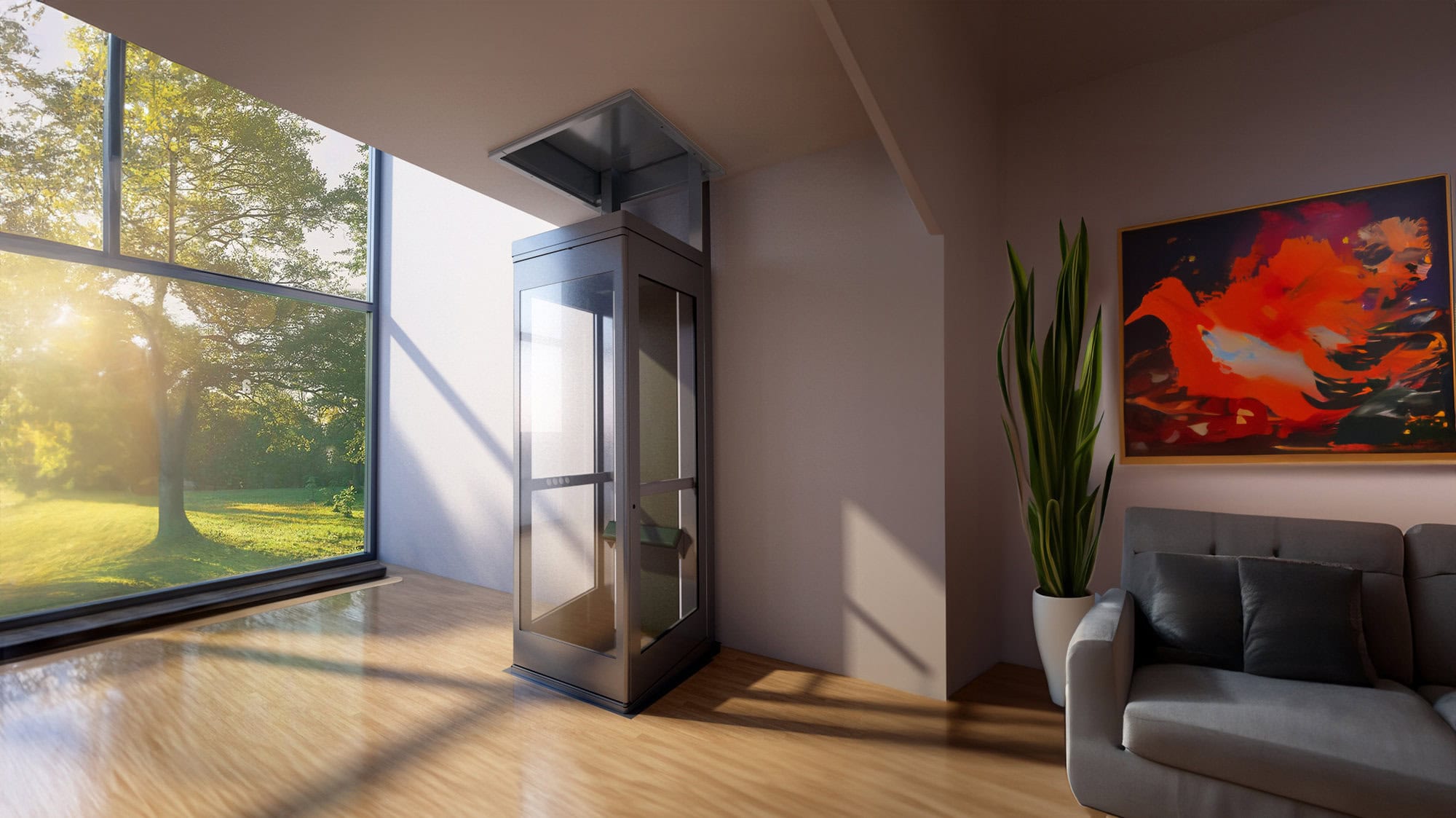We Maintain Lifts to the Highest Possible Specifications: Reliable Solution for All Lift Types
We Maintain Lifts to the Highest Possible Specifications: Reliable Solution for All Lift Types
Blog Article
Unraveling the Intricacies of Lift Technology: Troubleshooting Common Problems Throughout Lift Versions
In the world of lift innovation, a myriad of intricacies typically exist beneath the surface area of what seems an uncomplicated device. From slow-moving procedure issues to peculiar noises rising from the equipment, fixing usual issues throughout various lift models requires a keen eye for information and a systematic approach - repair and maintenance services. As we start this journey to untangle the intricacies that can afflict these important tools, a much deeper understanding of the internal functions and prospective mistakes of lift modern technology is essential. Stay tuned as we browse with the maze of lift breakdowns, seeking options to the enigmatic issues that can disrupt the smooth performance of these indispensable devices.
Determining Slow Operation Issues

Next, check the electrical connections to make certain that all parts are properly linked and working. Defective circuitry or loose links can cause slow procedure or full breakdown of the lift system. In addition, it is important to examine the control system to establish if the problem hinges on the programs or sensing units.
If the visual assessment and electrical checks do not expose the origin of the slow operation, more diagnostic tests may be required. These could consist of pressure tests for hydraulic systems, voltage tests for electrical elements, or running diagnostic software program for the control system. repair and maintenance services. By complying with a systematic method to fixing sluggish operation concerns, you can successfully identify and settle the problem, making sure the lift operates securely and successfully
Attending To Odd Sounds
To successfully troubleshoot lift technology for unusual noises, an extensive examination of the lift components adhering to the identification of slow-moving operation concerns is important. Strange sounds in lifts can be a measure of underlying issues that require punctual attention to make certain the safety and reliability of the system.
Moreover, it is essential to refer to the lift supplier's upkeep standards and seek assistance from qualified technicians when managing complex lift elements or unknown troubleshooting procedures. By without delay addressing strange sounds and solving underlying issues, lift operators can make certain the ideal performance and safety of the lift system for passengers and drivers.
Handling Faulty Control Problems
An efficient technique for resolving malfunctioning control issues in lift technology includes performing a comprehensive evaluation of the control system's elements and functionality. When encountering concerns with lift controls, it is critical to first check for any type of loosened links, damaged electrical wiring, or malfunctioning sensing units. Confirming that all control keypads, displays, and buttons are working appropriately is additionally important in detecting the issue properly.
If no visible issues appear, professionals need to continue to evaluate the control board for any indications of water damage, deterioration, or overheating, as these can usually lead to manage breakdowns. Furthermore, resetting the control system or updating the software program might assist deal with specific problems or pests causing the issue.

Tackling Hydraulic System Malfunctions
The performance of hydraulic systems in lifts counts greatly on the proper performance of you can check here numerous elements within the system. When hydraulic systems malfunction in lifts, it can lead to functional interruptions and security problems.
Another frequent hydraulic system malfunction is a loss of pressure, which can arise from air getting in the system, fluid contamination, or pump inadequacies. Service technicians can resolve this by hemorrhaging the system to remove air, replacing contaminated liquid, or servicing the pump as needed. Additionally, abnormalities in hydraulic fluid degrees or unusual noises throughout lift operation might indicate underlying system malfunctions that require instant attention to avoid more damages. Routine upkeep and timely troubleshooting of hydraulic system concerns are essential to making sure the efficient and safe procedure of lift technology.
Handling Electric Element Failings
Resolving electrical component failures in lift modern technology requires an organized strategy to identifying and settling concerns to keep functional functionality and security criteria. When experiencing electric problems in lift systems, it is important visit our website to first conduct an extensive assessment of the electrical elements, consisting of control panels, wiring, sensing units, and circuit boards. Any kind of signs of damage, rust, loose links, or burned aspects need to be meticulously kept in mind and dealt with quickly to avoid additional difficulties.
When it comes to electrical component failures, it is important to comply with manufacturer guidelines for troubleshooting and fixing treatments. This may involve checking the parts making use of multimeters, oscilloscopes, or various other analysis devices to determine the exact resource of the breakdown. Additionally, having a comprehensive understanding of the lift's electrical schematics and wiring layouts can aid in identifying and remedying problems effectively.
Normal upkeep and evaluation timetables can assist protect against electric failures by detecting potential concerns early on. Correct training for lift service technicians on electrical systems and elements is also crucial to guarantee accurate diagnosis and reliable resolution of electric problems, eventually contributing to the overall security and reliability of lift procedures.
Conclusion
To conclude, repairing lift innovation requires a systematic method to determine and attend to typical issues such as slow-moving operation, odd sounds, faulty controls, hydraulic system malfunctions, and electric part failures. By recognizing the complexities of lift technology and adhering to proper repairing steps, professionals can successfully resolve concerns and make sure the secure and efficient procedure of lifts throughout numerous versions.
To successfully repair lift technology for strange sounds, an extensive exam of the lift parts adhering to the recognition of sluggish procedure problems is critical. Strange sounds in lifts can be a sign of underlying problems that call for prompt attention to make certain the security and integrity of the system.A reliable approach for attending to faulty control issues in lift modern technology involves carrying web link out a thorough analysis of the control system's elements and functionality.The efficiency of hydraulic systems in lifts depends greatly on the correct performance of different components within the system. repair and maintenance services. When experiencing electric issues in lift systems, it is crucial to initial carry out a detailed examination of the electric elements, consisting of control panels, circuitry, sensors, and circuit boards
Report this page